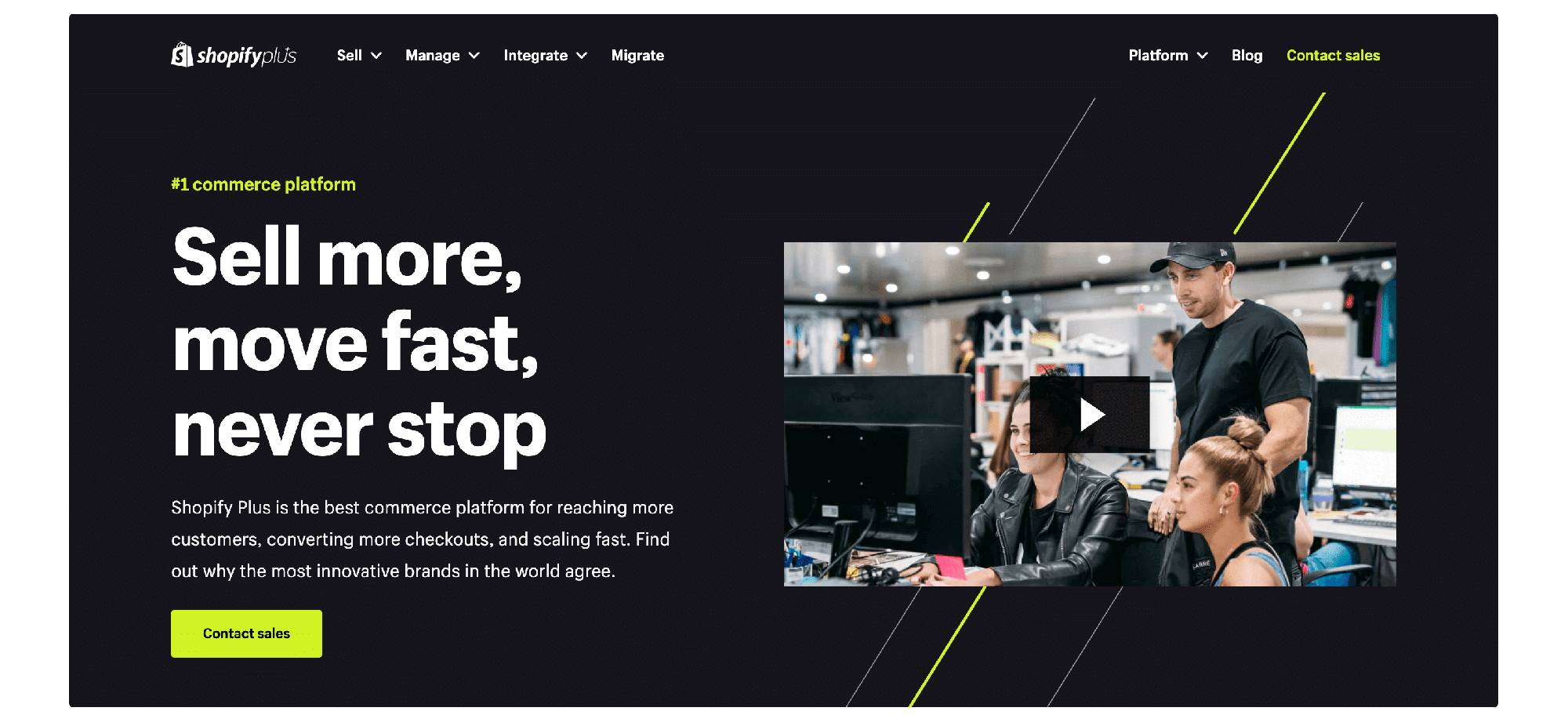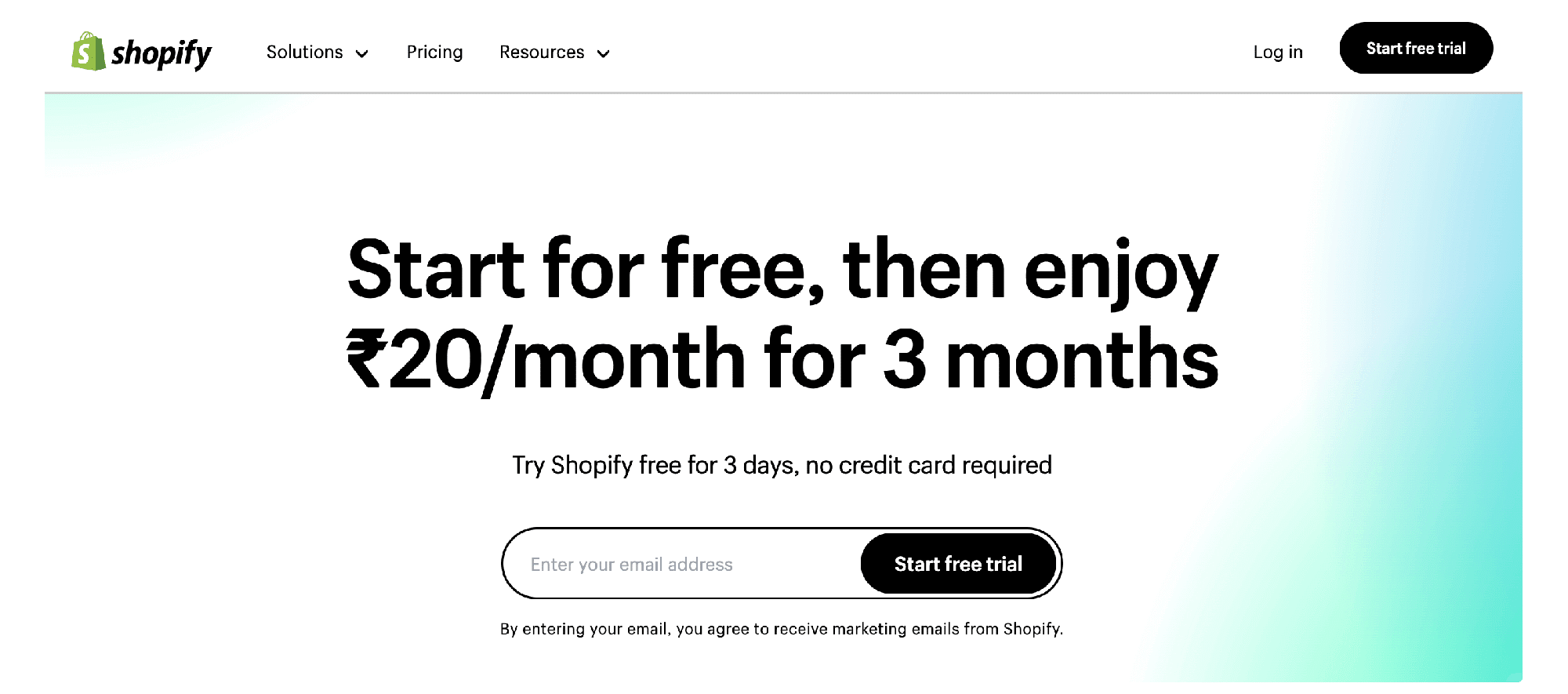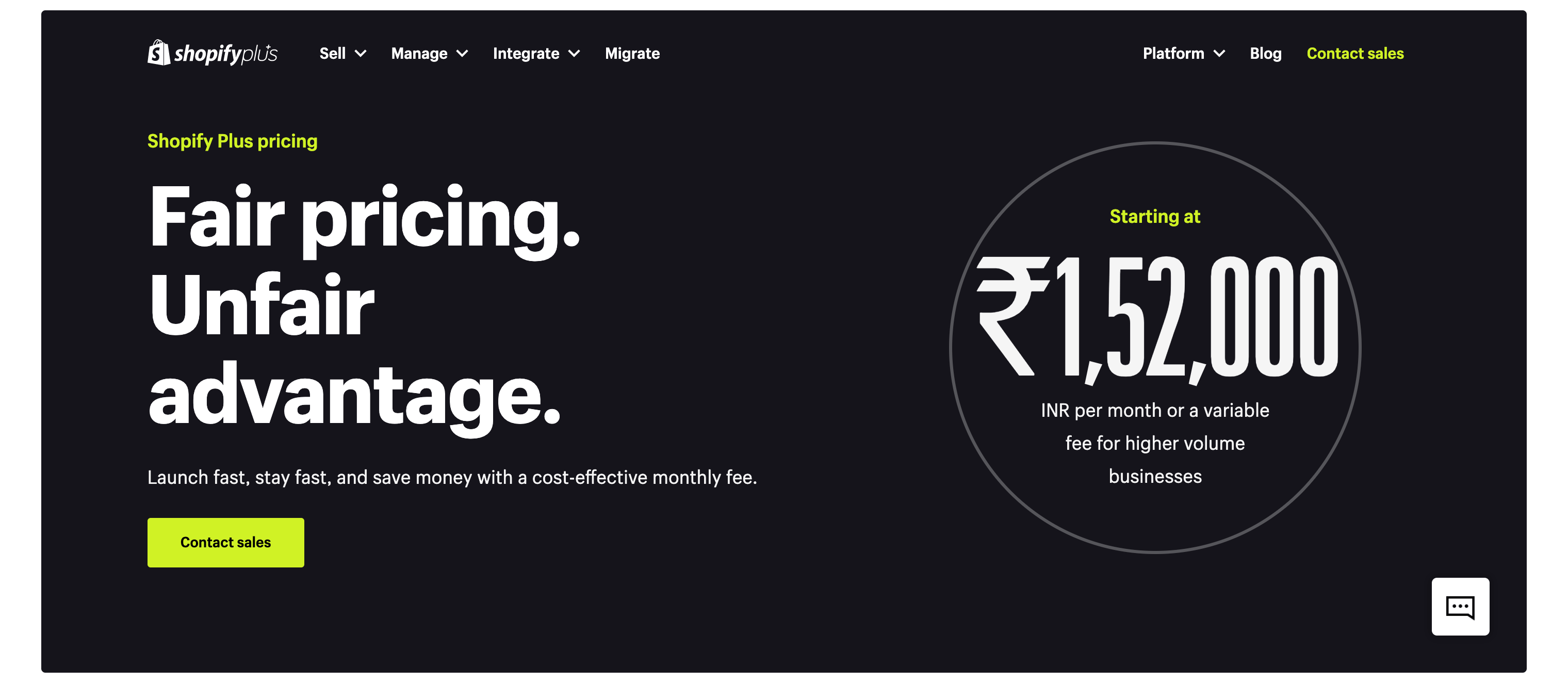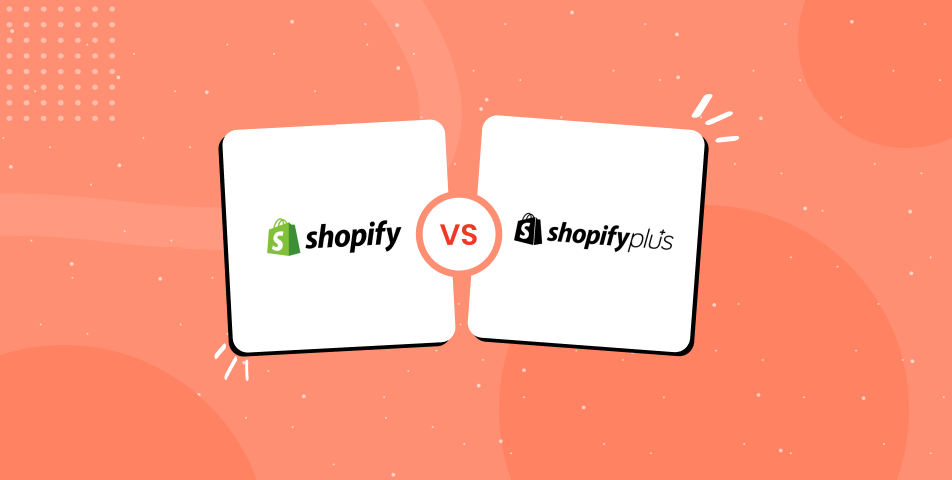Many online retailers have expressed satisfaction with Shopify and Shopify Plus, two systems that have received widespread attention and praise.
So, what’s the deal with these two plans, and how can you know which one is ideal for your online shop? The primary distinction between the two services is that Shopify is intended for small and medium-sized companies (SMBs). However, Shopify Plus is designed for larger, even enterprise-level, enterprises.
Before delving into price details and significant variations between Shopify and Shopify Plus, we will first go through what each plan offers.
Shopify and Shopify Plus are two different subscription plans offered by Shopify, with Shopify Plus being the more advanced and feature-rich option. Shopify Plus is designed for larger businesses and enterprises, while the standard Shopify plans (Basic Shopify, Shopify, and Advanced Shopify) are more suitable for small to medium-sized businesses. Below is a table that highlights some of the key differences between the two:
| Feature/Aspect | Shopify | Shopify Plus |
|---|---|---|
| Target Audience | Small to medium-sized businesses | Large businesses and enterprises |
| Pricing | Starts at $29/month for Basic Shopify, $79/month for Shopify, | Informed Below |
Key Takeaway :
Shopify and Shopify Plus are two distinct subscription plans offered by Shopify, with Shopify Plus being the more advanced and feature-rich option designed for larger businesses and enterprises, while the standard Shopify plans are more suitable for small to medium-sized businesses. The primary difference between the two services is that Shopify is intended for small and medium-sized companies, whereas Shopify Plus is designed for larger, even enterprise-level, enterprises.
Know more about Shopify vs Shopify Plus
Entrepreneurs and businesses who want to sell products online have a great option in Shopify’s basic service. However, you may want a more personalised service if you are a large corporation with annual sales in the millions. Here comes Shopify Plus, an upgraded version of the original Shopify.
Also read: How To Add Apple Pay To Shopify Store
Checkout Highlights of Shopify
- Sell online using Shopify’s point of sales
- Protective Mechanisms
- Digital marketplaces
- Mobile functionality
- Tax documentation support
Shopify Plus provides access to additional features, interfaces, your store’s underlying code, specialised support options, and much more, in addition to the standard Shopify Platform dashboard and functionality.
Highlights of Shopify Plus

- It’s easy to keep track of everything at each of your locations, thanks to the Admin section.
- A wider variety of shipping calculations and use of Shopify payments gateways can be integrated with Shopify POS Plus, as can data from several businesses’ sales.
- Shopify Plus includes additional security settings
As stated, Shopify is designed for those who wish to launch a small or medium-sized company, whereas Shopify Plus is tailored to the needs of large corporations.
Critical differences between Shopify and Shopify plus
Let’s shift our focus from counting the similarities between the two systems and moving on to their fundamental differences.
Shopify Pricing Plans
The primary distinction between Shopify and Shopify Plus is the company size that will benefit most from adopting the platform. Shopify is designed for SMBs, while Shopify Plus is aimed at enterprises with more than 1,000 employees. you can conveniently add Shopify products to Google Merchant Center.

Another significant distinction is the price, which again reflects the kind of enterprises that use the various options. Shopify may cost a few hundred dollars monthly, but Shopify Plus may begin at $2,000 and go up based on several factors and customization choices. If you want a quotation that works for your company, you should contact the Shopify sales team.
Pricing for Shopify Plus, which is designed for bigger companies, starts at $2,000 per month and is based on the monthly sales volume of your Shopify store. A quotation will decide the actual price. Still, the $2,000 monthly charge includes the following:
- Transaction fees
- Building an online storefront
- Launching the site
- Paying for third-party services
- Buying extra features
Features of Shopify
- Shopify provides some of the best features available in the increasingly competitive e-commerce sector because the company values customer satisfaction and loyalty above all else.
- First, it simplifies opening a Shopify storefront for anybody by providing predefined templates, logos, business names, and other add-ons.
- Other business administration features include cart abandonment restoration, carrier-specific shipping rate calculations, customer profiles, and monetary reimbursements.
- Including Google Ads credits, discounts, and social media connections provides enough room for marketing and search engine optimization efforts. However, for sales funnels, ClickFunnels is still better.
- In addition, you may use analytics, the potential for mobile apps, and many tiers of product classification. Finally, Shopify offers round-the-clock, devoted support, with a staff accessible through email, live chat, and phone every day of the week.
Features of Shopify Plus
- There is no difference between Shopify and Shopify Plus, except that the latter provides extra tools to aid retailers in generating more income and sales.
- Using the Shopify admin for your organisation, you can control everything for your Shopify store in one go.
- Shopify Plus consumers are the only ones who have access to the Shopify Admin features, including Users, Store, and Shopify Flow. In addition, Shopify Plus users may use extra API calls to link with bespoke applications.
- Consumers have access to cutting-edge apps explicitly made for rapidly expanding enterprises. Users may use the Shopify Plus Partner Program, Merchant Success Program, the Shopify Plus Facebook Community and the Shopify POS Pro in addition to the expanded integrations and permissions already mentioned.
- A total of 80 templates are offered on Shopify and Shopify Plus, respectively. Remember that, apart from the 10 free themes, the others are priced between $140-$180.
Design flexibility
Shopify platform Themes
Shopify lets you modify the theme and use Shopify Liquid, an open-source template language for editing HTML or CSS. Some of Shopify’s features are;
- For all sorts of companies, including clothes shops, electronics stores, and others, Shopify provides 82 premium themes in addition to 9 free themes in various categories.
- The look and feel of your online shop can be determined by the theme you choose.
- The cost of a premium theme may vary from $180 to $350, based on its level of sophistication and functionality.
Shopify Plus Themes
Interestingly, Shopify’s premium features, such as the variety of available themes and the adaptability of its layout, are equally helpful to big sellers. However, the Launch Manager will write code and adjust your Shopify Plus store. Hiring a specialised Launch Manager will save time and money for large corporations.
- More than 70 fully responsive and editable themes are available in Shopify Plus. Additionally, it utilises a drag-and-drop system to make theme editing much easier and quicker.
- Shopify Plus is preferable to other Shopify plans since it includes access to Script Editor, which can be used to make unique changes to the Shopify store’s checkout page. This is an example of how little changes in appearance can boost your sales!
Analytics & Reporting for Shopify
The overview dashboard and the most important financial statistics are available to all Shopify users, from the free Lite plan to the paid Plus plan. In other words, a Shopify Lite account is enough for launching a primary online store.
Shopify’s Basic Reporting and Analytics
Shopify’s normal price tiers provide varying degrees of analytics and reporting features. To give you an idea, the Lite plan restricts you to the Overview Dashboard and some basic financial statistics like taxes and payments.
Everything described above is included in the “Shopify” package. In addition, business owners may see all seven customer reports, five of six marketing reports, ten of eleven sales reports, retail sales reports, profit reports, and five of six customer behaviour reports.
Users of Shopify who have upgraded to a higher level have the same reporting options. In contrast, they receive access to all seven standard customer reports and any custom reports you make.
Also read: How Can You Increase Shopify Orders With Desku Helpdesk?
Pricing of Shopify Plus
The pricing of Shopify Plus is mentioned below

Analytics and Reporting for Shopify Plus
Customers that subscribe to Shopify Plus receive access to all eleven of the available sales reports, as shown in the analytics and reports availability table. The average order value over time is shown in the eleventh report accessible on the Shopify analytics and reporting dashboard.
Also Read: Do You Need a Business License to Sell on Shopify?
Amounts refunded are not included in the report’s average order value. In addition, you may organise your orders by the time they are placed.
Final verdict
Shopify is a flexible and user-friendly e-commerce platform that serves businesses of all sizes, from those just getting started to those with a wide range of online and offline locations. Of course, when these companies grow, they will eventually need to upgrade to the Shopify Plus plan but that’s a whole new game.
With its premium price tag, Shopify Plus is more than just the best ordinary Shopify plan. Instead, the programme is designed for business marketers who can afford it and want more help. In short, you should continue with Shopify’s standard subscription until your ship(s) come in and your yearly income reaches several million dollars.





